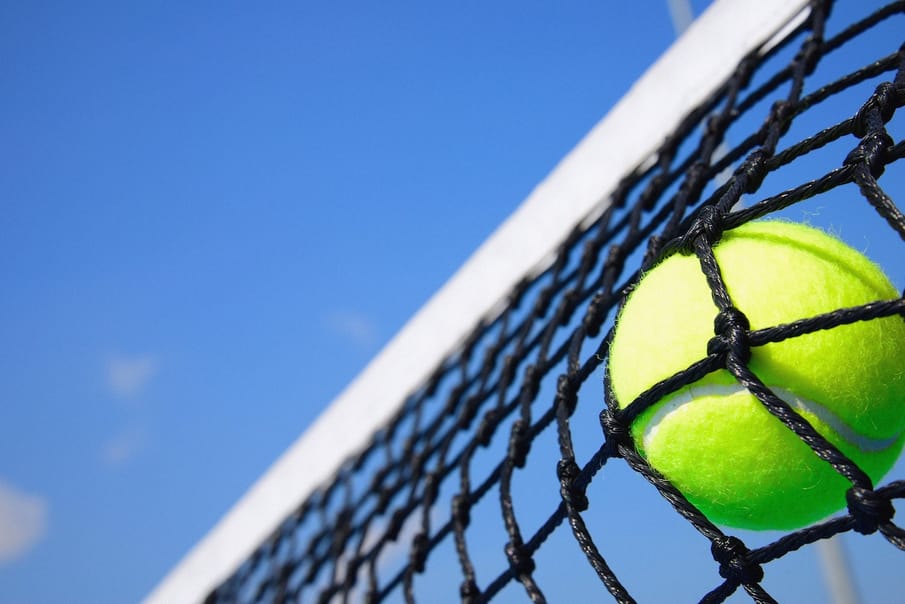Discover what the summer’s athletic exploits have planned for the planet, and ways that green thinking is getting a gold medal
We’re in for a summer of sensational sport but, this year, organisers are thinking more carefully about the impact these events will have on our planet. Here, we’re rounding up four environmentally conscious events in play in 2024.
Euro 2024, June
Coming in as the third-largest sporting event worldwide, the organisers of the UEFA European Championships 2024 had an opportunity to make a huge difference by going green – and it looks like they’re planning to do just that.
Set out in their Environmental, Social, and Governance strategy, they plan to tackle the environmental impact of the event across six areas: smart mobility (addressing the carbon impact of travel to events), carbon management, advocacy, energy consumption, water consumption, 4-R principle (reducing and reusing products), and waste management.
In practice, this strategy includes actions such as match ticket holders being entitled to use public transport for 36 hours on match days, discounted long-distance train tickets, tournament carbon footprint measurements, reduction in floodlighting, use of renewable energy sources, grey water usage, limited packaging on products, and vegan and vegetarian options – to highlight just a selection of planned actions.
Wimbledon, July
Attracting more than 500,000 spectators each year, Wimbledon is a staple on the British sporting scene – and with it comes the responsibility to consider the environmental impact. But it’s a responsibility the organisers take seriously, and which they believe is aligned with their values of ‘heritage, integrity, respect, and excellence’.
To do this, the organisers hope to reduce emissions from operations to ‘net zero’, become resource-efficient, and contribute to a net gain in biodiversity by 2030. For now, solar panels have been installed on clubhouses and maintenance buildings, lighting has been updated to LED lights around the estate, electric lawn mowers are used on the grounds, visitors can use water refill points, and menus are made up of seasonal food from across the British Isles.
But environmental sustainability also crosses over with social impact. Approximately 55,000 tennis balls are used throughout the championships period but, fear not, used balls are sold daily, with the proceeds going to the Wimbledon Foundation, which donates £4 million a year to local, national, and international charities that champion opportunities for all.
Grand Prix, July
The high-speed event is putting sustainability in the driving seat. By 2030, the goal is to achieve a net zero carbon footprint ‘from factory to flag’ which includes net zero carbon powered race cars, low/zero carbon logistics and travel, 100% renewably powered offices, facilities, and factories, and credible offsets and CO2 sequestration programmes.
By 2025, the hope is that every race qualifies as an ‘F1 sustainable spectacle’. This includes using sustainable materials, with all waste to be reused, recycled, or composted. Fans are offered incentives to travel to the events in ‘green’ ways, such as by using public transport or travelling by bike or by foot. What’s more, increasing biodiversity at circuits and facilities is on the agenda, the plan being that not only will this have a positive effect on the local environment, but it will also improve fans’ wellbeing by enhancing the space and improving air quality.
Olympic Games, Paris, August
Without a doubt the sporting event of the summer, all eyes will be on the Olympic Games in Paris, and so getting sustainability right is of paramount importance.
To get things started, Paris 2024 will use 95% existing or temporary infrastructure for the Games. This falls under the ‘less’ concept for the event, which includes ‘fewer venues built, less equipment produced, less single-use plastics for food and drink, less carbon, and fewer resources used’. Along with ‘less’ comes ‘better’, which features better design of temporary infrastructure, better sourcing of energy supplies, better consumption and support for local businesses, and better adaptation to weather conditions.
But the commitment to sustainability doesn’t end with the Games. In 2025, the Athletes’ Village is set to be transformed into a neighbourhood where more than 12,000 people will live. Plus, pollution in the river Seine is set to be cleaned up for the games, which will enable people across the Paris Region to enjoy new bathing areas going forward.
The determination and drive to do things differently is the only way that real change can happen. So, this summer, enjoy these sporting events with the knowledge that they’re breaking the mould, putting a green foot forward, and making the environment a priority.


Comments